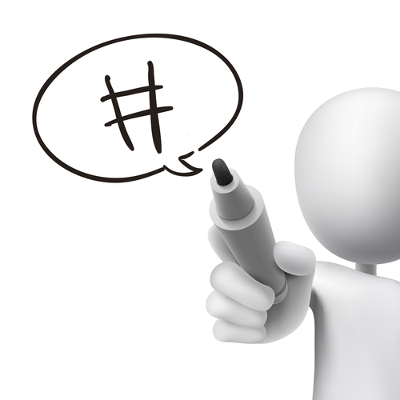What is Trichotillomania?
Trichotillomania is defined by the DSM-IV-TR as a impulse control disorder unspecified, which means that its symptoms and treatments are not yet fully defined, in addition to signaling especially the characteristic of impossibility of control in the face of impulse. In this case, the uncontrollable urge is to pull out hair. It is important to emphasize that the term hair, used for this definition, comes from the term hair, from English, which can mean any hair. Thus, the disorder includes the habit of pulling hair from any part of the body.
How is the diagnosis made?
Despite being an unspecified disorder, some criteria are proposed to diagnose this disorder:
- Recurrent hair-pulling behavior resulting in noticeable hair loss; - Sensation of increasing tension, immediately before pulling out the hair or when the individual tries to resist the behavior;
- Pleasure, satisfaction or relief when pulling out your hair;
- The disorder is not better explained by another mental disorder nor is it due to a general medical condition (eg, a dermatological condition);
- The disorder causes clinically significant suffering or impairment in social or occupational functioning or in other important areas of the individual's life.
What are the causes?
Among the causes of the onset of hair pulling behavior may be some personal factors such as the onset of menstrual cycles. in adolescence (menarche), some clinical illnesses, difficulties in social relationships, difficulties at work or at school, family situations such as divorce, death or illness of a loved one, birth of a sibling or changes in family dynamics, such as a new address.
The behavior of pulling hair is, in most cases, associated with sedentary postures, combined with negative affective states. Associated activities include the habits of people who, for example, spend long periods watching television, lying down, or driving. It is important to emphasize that sedentary lifestyle is an associated posture, but it is not considered a cause for trichotillomania.
What are the consequences?
In addition to being the cause of significant suffering, trichotillomania has other associated consequences, such as those arising from the habit of many trichotillomaniacs of biting the threads, eating the root or part of the threads (trichophagia).
As a result of this associated behavior, many trichotillomaniacs develop so-called “Rapunzel's Syndrome”, a gastrointestinal illness. In addition to other diseases such as dental erosion, skin infections, etc.
It is common for people with this disorder to try to hide the consequences, using accessories such as hats, caps, or even implants and wigs. Also, there is a tendency to avoid situations where hair loss is exposed, such as swimming, dancing, and exercising. Thus, the most significant consequence is the issue of social isolation.
What are the treatments?
Treatment for Trichotillomania comprises multidisciplinary strategies. Thus, the importance of pharmaceutical, psychological and medical follow-up must be taken into account.
The most used pharmaceutical treatments are described in case studies, but they cannot be considered successful to be generalized. Each patient has a series of specific measures, taking into account the physical and psychosocial aspects related to the habit. Antidepressant medications and mood stabilizers are the most described in the treatment of Trichotillomania. Studies regarding treatments for trichotillomaniacs are still scarce. Most of them are case studies, or experiences with small groups of patients, which does not allow for meaningful generalizations.
Some authors claim that the assessment of the disorder together with the patient can already be considered interventional. Several psychotherapeutic techniques can be used in the treatment, from habit reversal training, functional analysis, or even hypnosis and regression techniques. In addition, one proposal has gained prominence in the treatment; is the call Combined Treatment, which combines different forms of intervention with a view to the specifics of the case.
How to find out more?
Some Brazilian blogs report the daily life of people with Trichotillomania, such as My world with trichotillomania and Trichotillomania one day at a time. In addition to these reports, it is interesting to refer to Diagnostic Manuals such as the DSM-IV-TR and the ICD-10, from the World Health Organization.
Juliana Spinelli Ferrari
Brazil School Collaborator
Graduated in Psychology from UNESP - Universidade Estadual Paulista
Brief psychotherapy course by FUNDEB - Foundation for the Development of Bauru
Master's Student in School Psychology and Human Development at USP - University of São Paulo
Source: Brazil School - https://brasilescola.uol.com.br/psicologia/tricotilomania.htm


